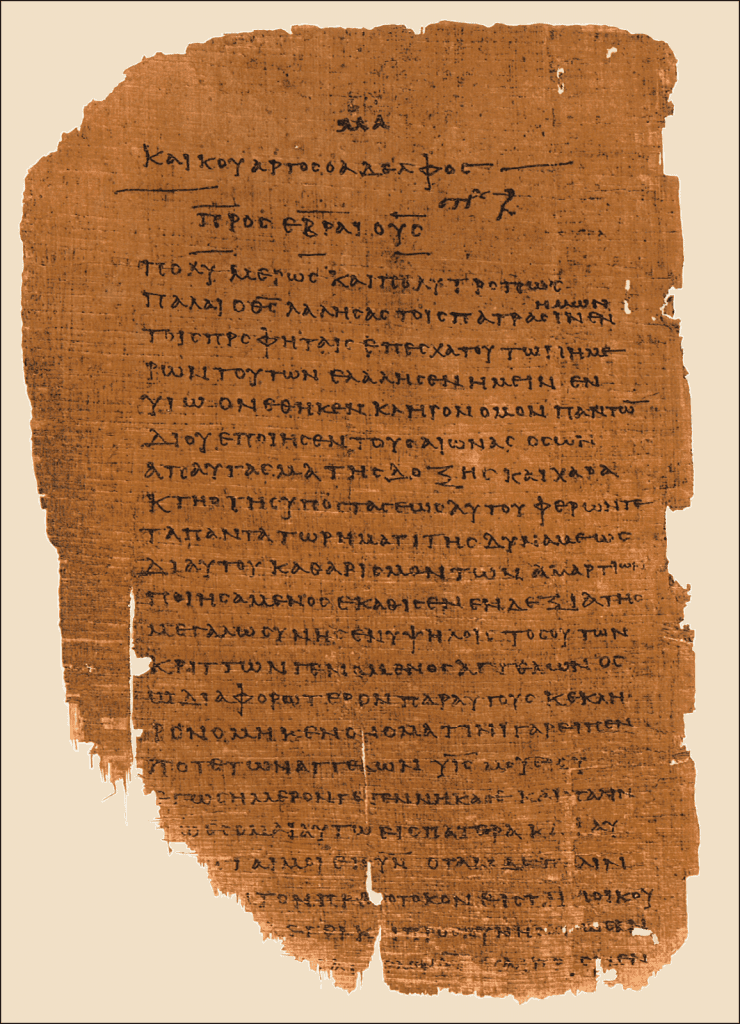We have stressed before, and I would stress again that the speech was a far more widespread and influential phenomenon than the letter in the Mediterranean world in which our authors wrote. This is so not just because only 10-15% of the populus was literate (i.e. could read and write), but also because rhetoric, Greco-Roman rhetoric and its various forms and modifications (Attic, Asiatic, Jewish) had a much longer and more influential history than letter writing. When letter writing comes into its own in the first century B.C. and thereafter, letter writers were constantly trying to figure out how to put discourse into a written form, and letters were constantly shaped by the rudiments, rules, and structures of rhetoric.
You can see this so very clearly in the comments the leading exponents of letter writing make about what they are doing. Cicero is very blunt about the matter. He says that a letter is in effect a speech in written medium (ad Atticum 8.14.1). To the speech would be added elements at the beginning and the end of an epistolary nature since the document had to be sent but otherwise we are most often dealing with the transcript of a speech, mentally composed following the long ingrained rules of rhetoric. We may compare this to what (Pseudo)-Demetrius says on the same subject—a letter is half of a dialogue or a surrogate for a dialogue (De elocutione 223).
It is thus quite the wrong way around to talk about figuring out how rhetoric could be used in an epistolary mode. The issue was how letters could be written in a predominantly oral and rhetorical culture that might faithfully reflect the rhetorical nature of discourse, and especially the various forms of public discourse. It is of course extraordinarily difficult in a text-based and computer screen culture like ours to imagine thinking of oral communication as primary and a text as a secondary thing reflecting the patterns of oral speech, but that is how we must conceive of the world of the NT writers. One other point is germane— the Epistolary theorists came long after, and on the coattails of, the rhetorical theorists going all the way back to Aristotle and continuing through the New Testament era with figures like Quintilian. It is thus a mistake to turn to figures like (pseudo)-Libanius and others, who come from after our period and who are consolidating epistolary theory at a later date, as guides for how to read the New Testament and its rhetoric.













